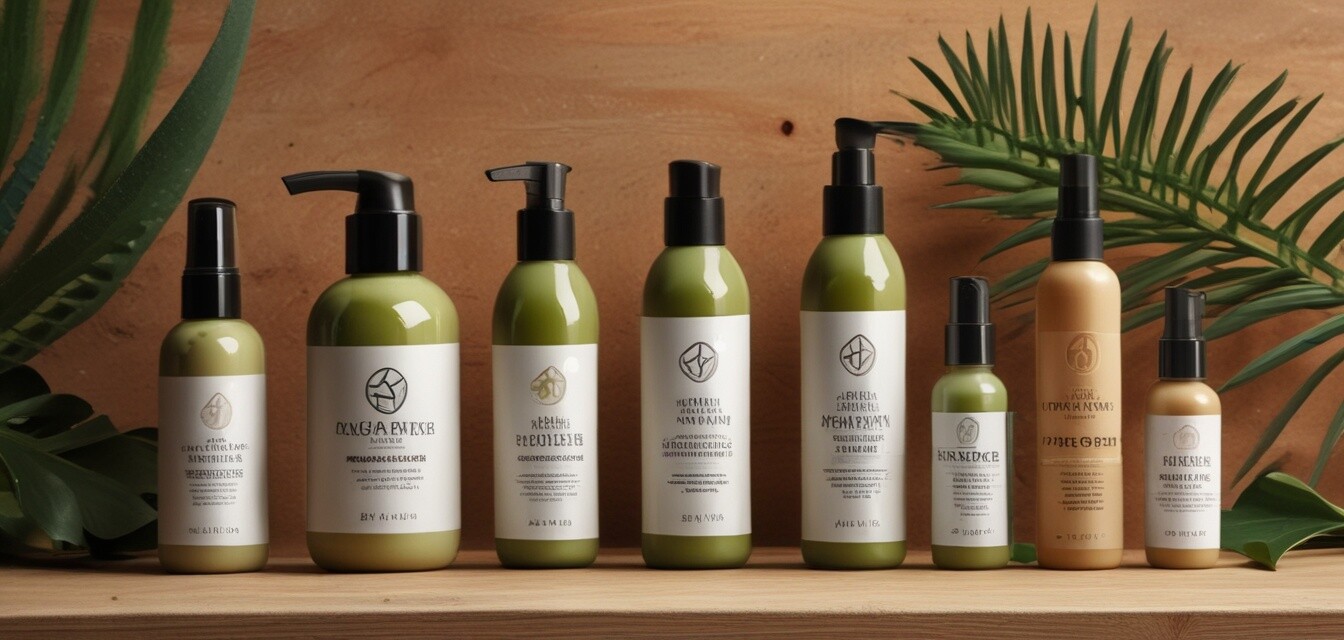
Haircare ingredients to avoid for a greener routine
Key Takeaways
- Understanding harmful ingredients is crucial for healthier hair and a sustainable environment.
- Avoid sulfates, parabens, and synthetic fragrances to minimize your ecological footprint.
- Opt for eco-friendly brands focusing on natural ingredients and sustainable practices.
- Read product labels carefully to make informed choices in haircare products.
Caring for your hair shouldn’t come at the expense of the environment. As more consumers are becoming mindful of their beauty regimens, it’s essential to be aware of what’s in your haircare products. This article will detail ingredients you should avoid to ensure a greener haircare routine without compromising quality.
Why Choosing the Right Ingredients Matters
The haircare industry has evolved significantly, and consumers are increasingly looking for products that not only work well but also align with their values regarding sustainability and health. By choosing products free of harmful ingredients, you contribute to a cleaner ecosystem and promote better overall health for yourself.
What Makes an Ingredient Harmful?
Ingredients can be considered harmful for several reasons, including their potential to:
- Permanently damage hair and scalp health
- Pollute water sources and ecosystems
- Compromise the quality of life for animals, plants, and humans alike
Common Harmful Ingredients to Avoid
Below are some of the most frequently used ingredients in haircare that are not only detrimental to your hair but also harmful to the planet:
| Ingredient | Why to Avoid |
|---|---|
| Sulfates | Strip hair of natural oils, causing dryness and irritation to the scalp. |
| Parabens | Linked to hormonal disruptions and environmental concerns due to their persistence in ecosystems. |
| Formaldehyde and Formaldehyde-Releasing Preservatives | Known carcinogens that can cause irritation to the skin, eyes, and respiratory system. |
| Silicones | Can build up on hair over time, leading to dullness and the need for stronger cleansers, often containing sulfates. |
| Synthetic Fragrances | Composed of numerous chemicals, often undisclosed, which may cause allergic reactions and environmental pollution. |
| Colorants | Potentially toxic and contribute to contamination of water sources during rinse-off processes. |
How to Identify Eco-Friendly Haircare Brands
To transition to a greener haircare routine, look for brands that prioritize sustainability. Here are some tips to identify eco-friendly options:
- Check for certifications like organic, cruelty-free, or vegan.
- Look for refillable packaging options to reduce waste.
- Prioritize brands that use natural ingredients and avoid synthetic chemicals.
- Research the company’s ethical practices and sustainability goals.
Tips for a Greener Haircare Routine
- Start with fewer products: Sometimes, less is more. A minimalistic approach can help you focus on quality over quantity.
- Embrace a natural regimen: Many natural ingredients can provide the same benefits as their synthetic counterparts.
- Recycle your containers: Participate in programs that accept haircare packaging for recycling or find ways to repurpose them.
- Stay informed: Follow reputable beauty blogs or sources that align with sustainable beauty values.
Exploring Sustainable Alternatives
The shift towards eco-friendly haircare does not necessitate sacrificing quality. For effective care while remaining environmentally conscious, consider exploring brands like Eco-Friendly Luxury Haircare Accessories or Sustainability in Haircare for additional insights.
Conclusion
Making informed choices about your haircare products significantly impacts both your hair health and the environment. By avoiding harmful ingredients frequently found in many brands, you can enjoy a greener routine that emphasizes sustainability without sacrificing luxury. Every small change counts—transform your haircare regimen today by exploring eco-friendly options and embrace a beauty routine that honors both you and the planet.
Pros
- Improved hair health with better ingredients.
- Contributes to environmental sustainability.
- Supports ethical and cruelty-free brands.
Cons
- Higher price point for eco-friendly brands.
- Limited availability in some regions.
- Potential for different formulations if switching brands.
Ready to start your journey towards a sustainable haircare routine? Discover a range of options while prioritizing your health and the health of our planet—visit our High-End Styling Tools collection for eco-conscious styling solutions.

